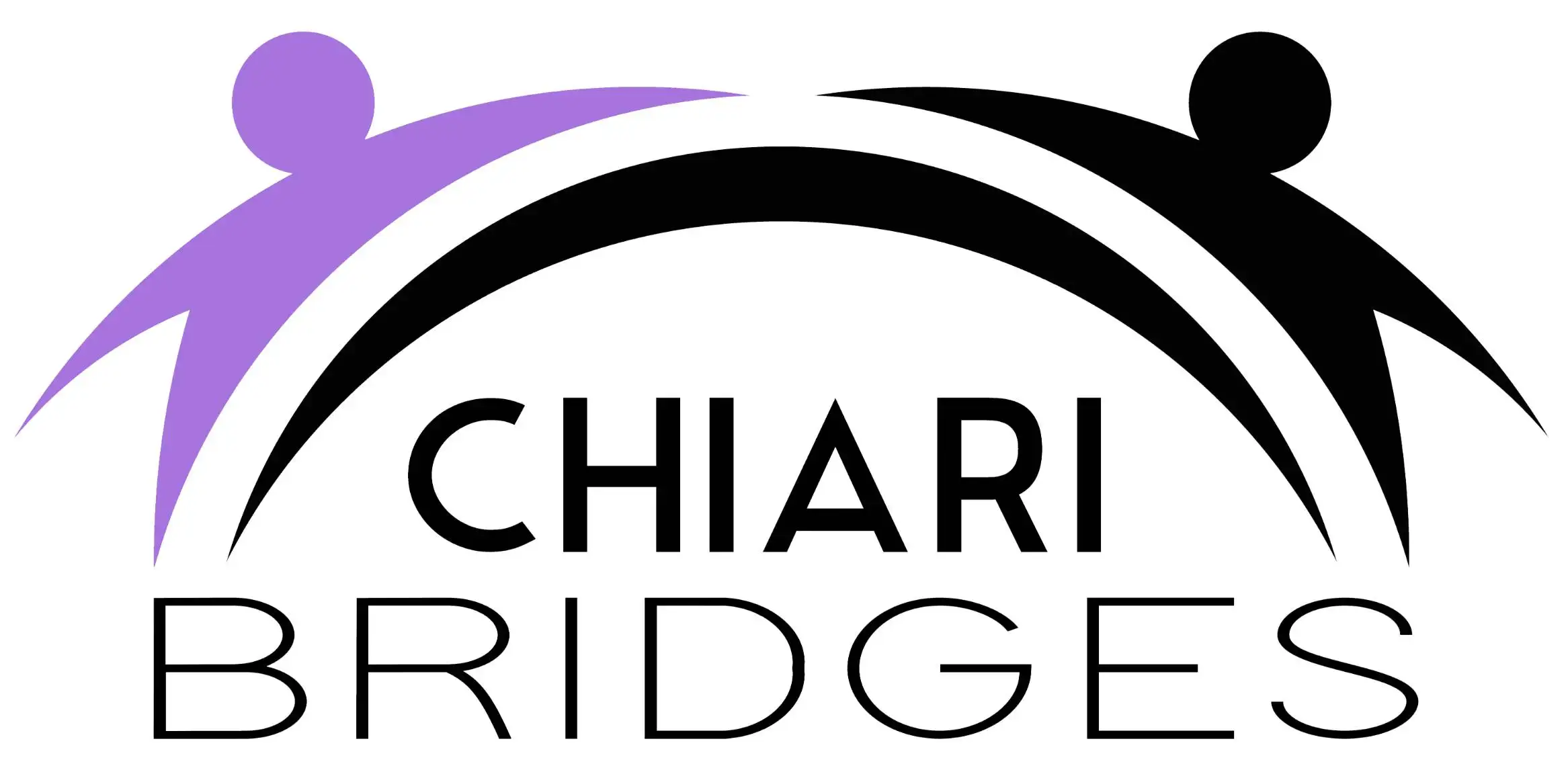A fold of dura mater that covers (like a tent) the superior surface of the cerebellum and separates the cerebrum from the cerebellum and brainstem area (the posterior cranial fossa).
Archive
brain matter
The white and grey soft mass of nervous tissue within the cranium (skull). It includes the cerebrum, brainstem, and cerebellum.
axon
Part of single nerve-cell process or neuron that transfers nerve impulses away from the nerve cell body to a synapse with other cells.
Atlanto-axial Joint
basion
Tip of the clivus bone. Serves as the midpoint of the anterior (front) border of the foramen magnum used as a craniometric point for radiological measurements of the skull.
Occipital Headache
Headaches that start in the back of the skull and upper neck; usually spurred (or increase in intensity) by valsalva maneuvers, such as: coughing, sneezing, heaving, laughing, etc.
Cerebellar Vermis
The narrow structure between both sides of the cerebellum that plays an important role in movement and coordination.
spinal canal
A hollow cavity with a meninges of three layers: pia mater, arachnoid mater, and dura mater (listed from the inside out). The role of this cavity is to hold cerebrospinal fluid (CSF) that can serve to cushion and protect the spinal cord.
